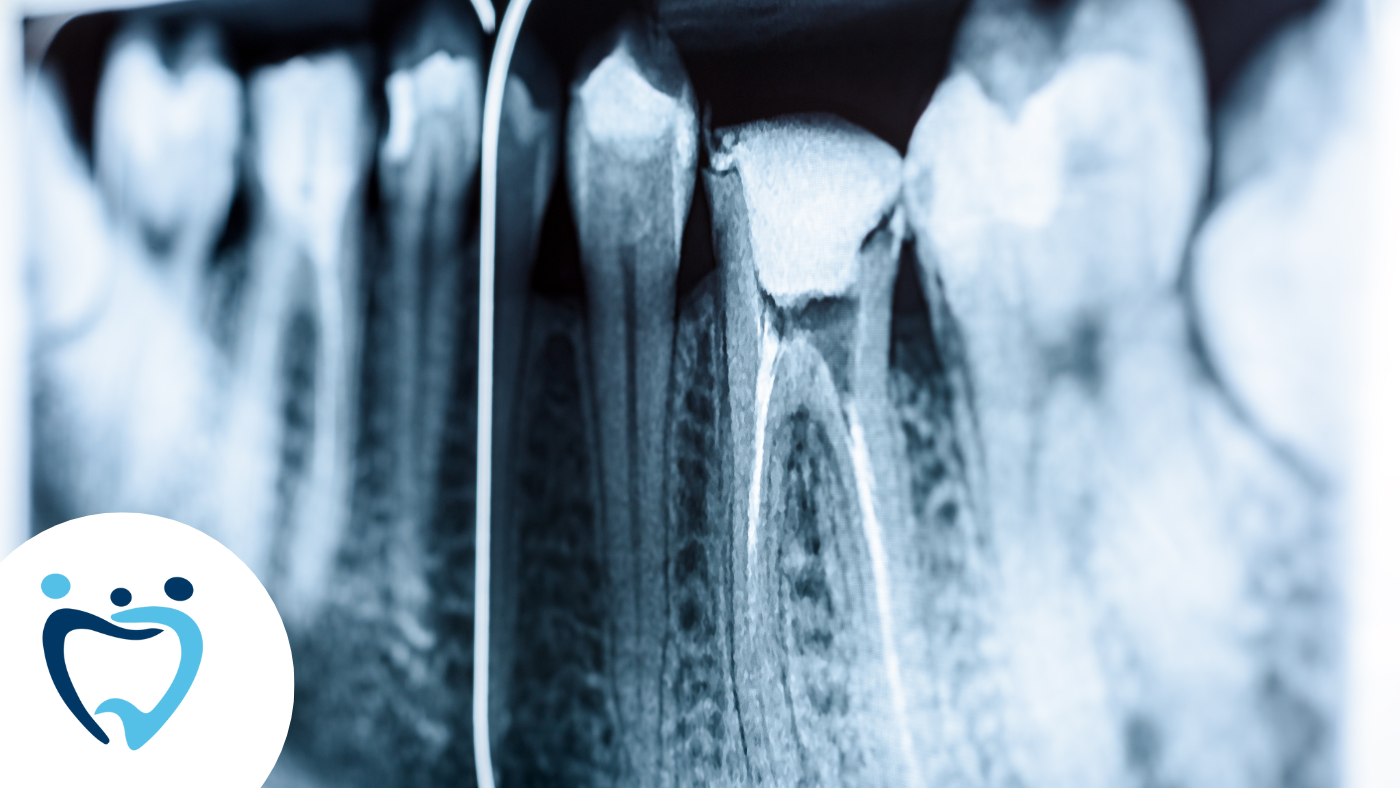
30 Aug All About Dental X-Rays
Dentists have a variety of instruments that they employ to understand what’s going on with the inside of your mouth. When you follow their instructions to open wide, most likely, they use start with the small circular mirror on a wand, angling it around in your mouth to get different views of what’s going on.
But sometimes, these external tools are not enough. Dentists may need to get a more thorough understanding of your jawbones, your sinuses, your nerves, your teeth roots, or any other internal structures. To accomplish that, they often turn to x-rays.
Formally known as radiographs, dental x-rays are a powerful tool at a dentist’s disposal. Through the strength of radiograph technology, dentists can see what would at one point have been unthinkable. Through this information, dentists can more accurately treat their patients.
How does the process work?
Dental x-rays aren’t much different from any other kind. They simply employ small measures of electromagnetic radiation to help a dentist see what’s going on inside you. As VeryWellHealth explains, “Like other forms of X-rays, dental radiographs work by sending a type of energy that is absorbed by solid objects but passes through less dense tissues, like your skin. The solid objects (teeth and bones) absorb the energy and appear lighter on the X-ray image. This gives your dentist an internal view of your oral health.”
What are the risks?
The mere mention of the word radiation might cause an adverse reaction in some. Some may simply be worried about potential negative health effects. Others might fear it due to underlying health conditions that they don’t want to risk making worse.
However, VeryWellHealth explains that, “…according to the American Dental Association, radiation exposure associated with dental X-rays is minimal, compared with the average person’s total exposure from natural and human-made sources in their daily life.” In other words, you don’t need to be concerned about the level of radiation that’s in a dental x-ray, if you’re receiving them at normal intervals. There are plenty of things in your everyday life that would expose you to more radiation than a dental x-ray, in fact. For instance, spending three days in Atlanta or just two in Denver would put you over the threshold. There’s also cat litter, which can be mildly radioactive, natural background radiation, and much more.
Some women may be hesitant to have dental x-rays taken during pregnancy. This concern is understandable, and most dentists will avoid taking x-rays on pregnant patients just to be on the safe side. However, as the Cleveland Clinic explains, “…both the American Dental Association and the American Pregnancy Association have stated that dental X-rays pose little to no risk to a fetus.”
Others may be concerned at their children’s exposure to radiation through dental x-rays. It’s true that children are more sensitive to radiation. But parents can take comfort in the fact that as one dentistry explains, “Health professionals, including dentists, are advised to adhere to the ALARA principal on radiation dosage – As Low as Reasonably Achievable – and, in modern dentistry, digital X-ray technology and techniques allow for the delivery of extremely low levels of radiation.”
When should I get them?
You may be wondering when dental x-rays are necessary. This is something that can be decided between you and your dentist, but here are a few indications that it might be time:
- You’re a new patient. Dentists often need to take x-rays of their patient the first time someone enters the office to help them understand the bigger picture of a patient’s dental situation.
- You have gum disease or some other time-sensitive oral health issue. If that’s the case, it’s likely your dentist will recommend more frequent x-rays to monitor your condition.
- It’s been 6-18 months since your last dental x-rays. You don’t want to let too much time pass in between x-rays. Otherwise, a problem could be creeping up without you or your dentist being aware.
Children also typically need to have x-rays taken more frequently than adults, as dentists need to monitor the progression of their adult teeth.
Why should I get them?
Dental x-rays are a crucial element in a dentist’s toolkit. They help a dentist understand the full state of your oral health, providing a much fuller scope of information than external tools can give. Let’s take just a moment to consider the benefits of having your x-rays taken.
Perhaps most importantly, as Colgate explains, dental x-rays allow your dentist to see and treat a problem before it gets too serious. Colgate notes that these radiographs are able to detect:
- Small areas of decay between teeth
- Decay beneath fillings
- Cysts and other types of tumors
- Bone loss in the jaw due to periodontal disease
- The position of teeth to determine what kind of tooth implant, braces, or dentures are required
- Abscesses
If these problems are all ones you want to avoid, then dental x-rays are for you! If you are still hesitant about dental x-rays, know that while you certainly have the right to refuse dental x-rays, many dentists won’t provide services without them.
Final Thoughts
Radiographs are a necessary and helpful tool that dentists rely on to give them a fuller picture of your dental health. Some have concerns about the electromagnetic energy involved, but the American Dental Association has confirmed that the amount you are exposed to in a dental x-ray is minimal compared to everyday life. If you have further questions or concerns about having x-rays taken, speak to your dentist today.

About Our Team
Dr. Hargrove and our excellent team her at Hiawassee Family Dental have over 30 years of experience in the field of dentistry. We’re passionate about superior patient care and education.
Contact us to schedule your next appointment!


Sorry, the comment form is closed at this time.